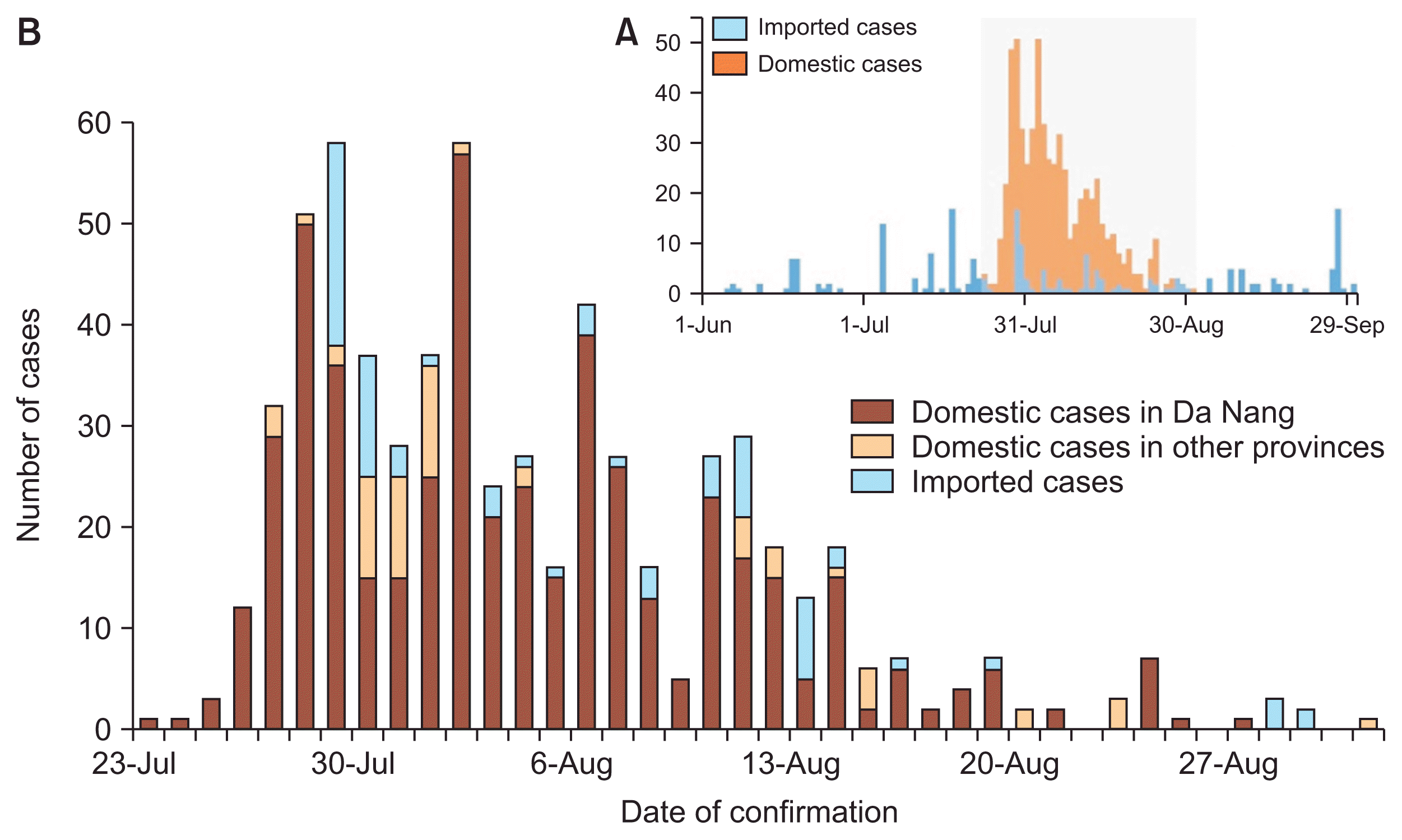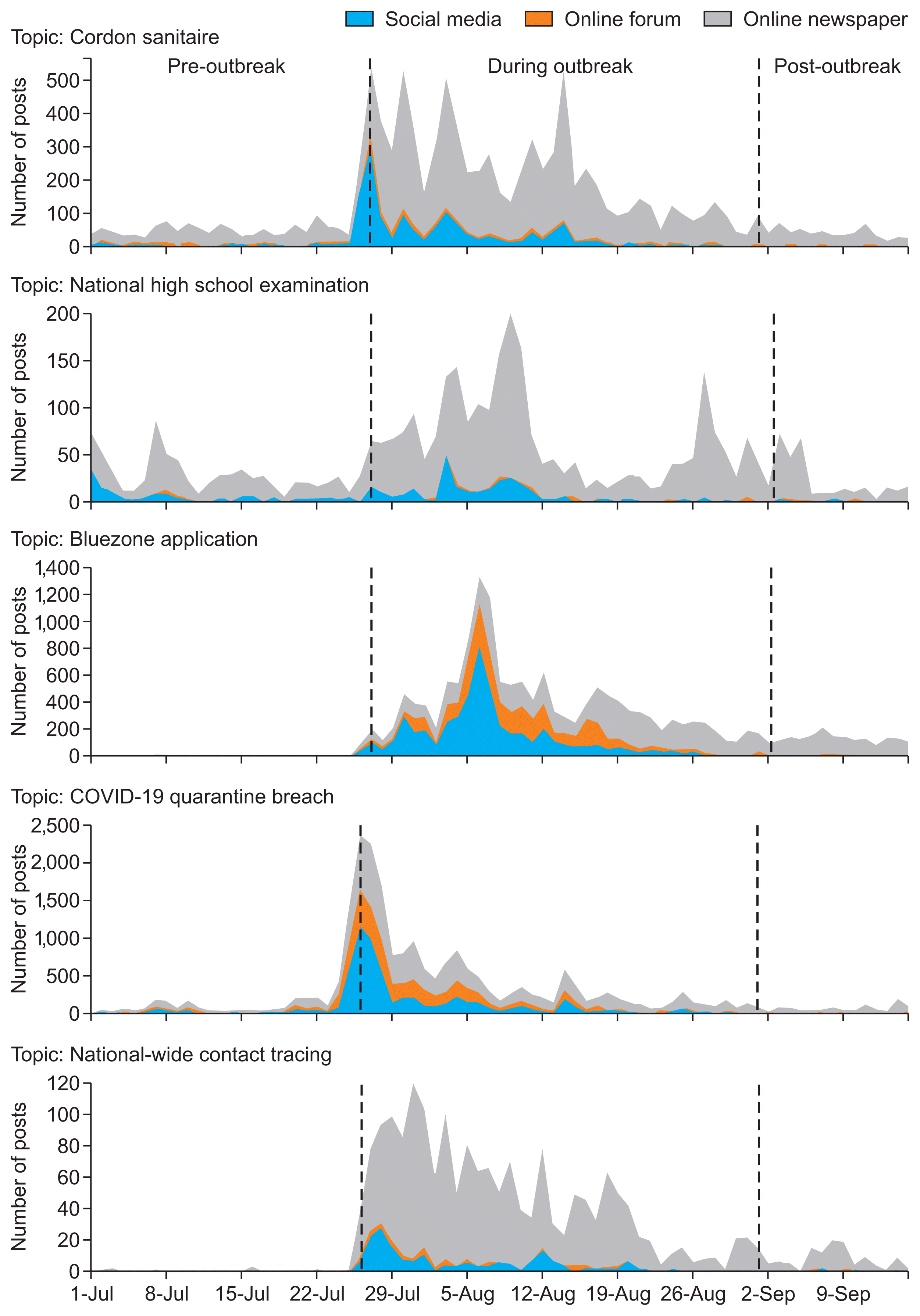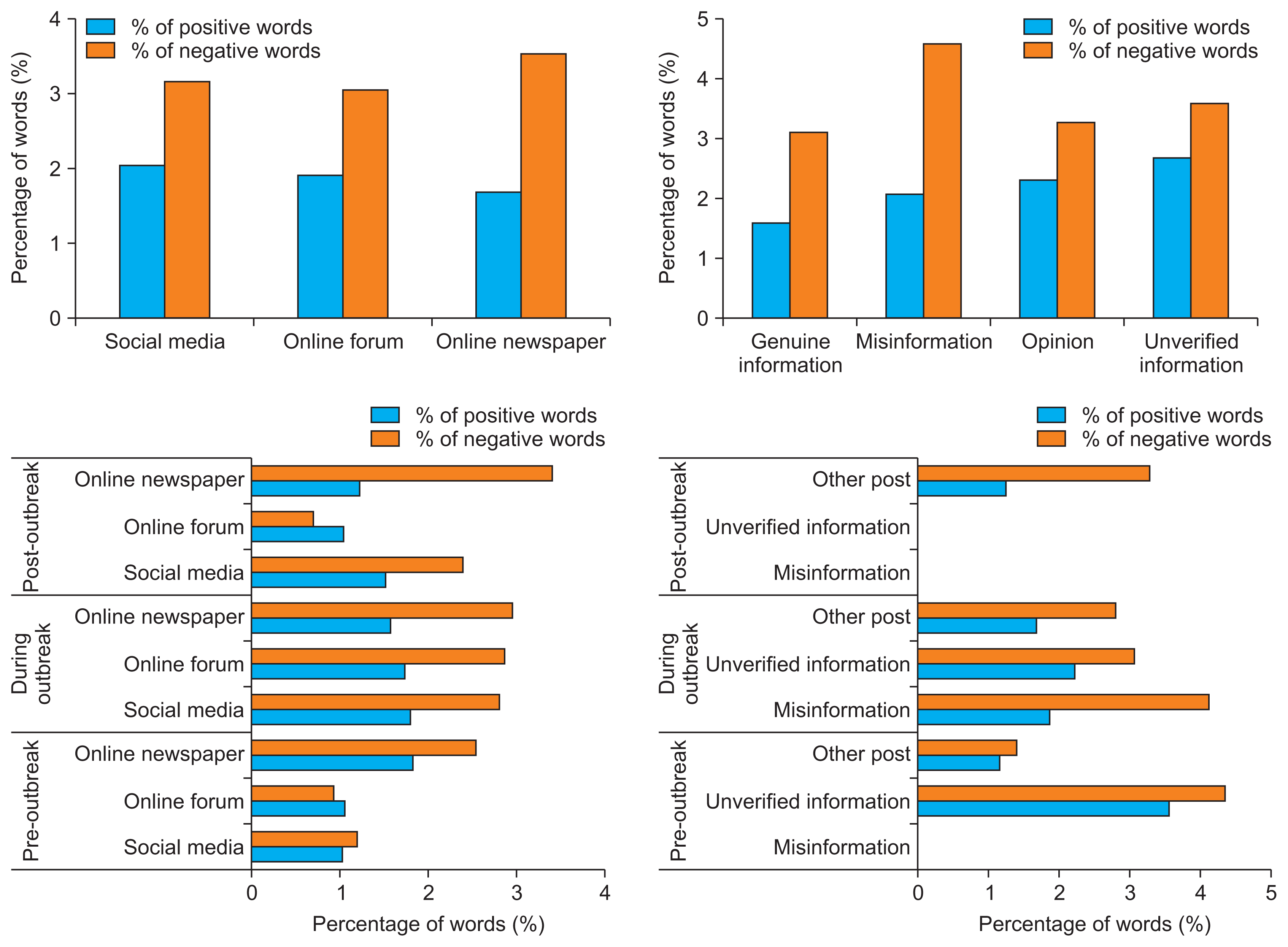3. Tang L, Bie B, Park SE, Zhi D. Social media and outbreaks of emerging infectious diseases: a systematic review of literature. Am J Infect Control. 2018; 46(9):962–72.
https://doi.org/10.1016/j.ajic.2018.02.010
.
5. Takahashi B, Tandoc EC, Carmichael C. Communicating on Twitter during a disaster: an analysis of tweets during Typhoon Haiyan in the Philippines. Comput Human Behav. 2015; 50:392–8.
https://doi.org/10.1371/journal.pone.0150190
.
7. Quach HL, Nguyen KC, Hoang NA, Pham TQ, Tran DN, Le MT, et al. Association of public health interventions and COVID-19 incidence in Vietnam, January to December 2020. Int J Infect Dis. 2021; 110(Suppl 1):S28–S43.
https://doi.org/10.1016/j.ijid.2021.07.044
.
11. Cuan-Baltazar JY, Munoz-Perez MJ, Robledo-Vega C, Perez-Zepeda MF, Soto-Vega E. Misinformation of COVID-19 on the Internet: infodemiology study. JMIR Public Health Surveill. 2020; 6(2):e18444.
https://doi.org/10.2196/18444
.
13. Alamoodi AH, Zaidan BB, Al-Masawa M, Taresh SM, Noman S, Ahmaro IY, et al. Multi-perspectives systematic review on the applications of sentiment analysis for vaccine hesitancy. Comput Biol Med. 2021; 139:104957.
https://doi.org/10.1016/j.compbiomed.2021.104957
.
15. Zaeem RN, Li C, Barber KS. On sentiment of online fake news. In : Proceedings of 2020 IEEE/ACM International Conference on Advances in Social Networks Analysis and Mining (ASONAM); 2020 Dec 7–10; The Hague, Netherlands. p. 760–7.
https://doi.org/10.1109/ASONAM49781.2020.9381323
.
16. Ahinkorah BO, Ameyaw EK, Hagan JE, Seidu AA, Schack T. Rising above misinformation or fake news in Africa: another strategy to control COVID-19 spread. Front Commun. 2020; 5:45.
https://doi.org/10.3389/fcomm.2020.00045
.
17. Hou Z, Du F, Zhou X, Jiang H, Martin S, Larson H, et al. Cross-country comparison of public awareness, rumors, and behavioral responses to the COVID-19 epidemic: infodemiology Study. J Med Internet Res. 2020; 22(8):e21143.
https://doi.org/10.2196/21143
.
18. Enders AM, Uscinski JE, Klofstad C, Stoler J. The different forms of COVID-19 misinformation and their consequences. Harv Kennedy Sch Misinformation Rev. 2020; 1(8):1–21.
20. Kouzy R, Abi Jaoude J, Kraitem A, El Alam MB, Karam B, Adib E, et al. Coronavirus goes viral: quantifying the COVID-19 misinformation epidemic on twitter. Cureus. 2020; 12(3):e7255.
https://doi.org/10.7759/cureus.7255
.
21. Nguyen-Nhat DK, Duong HT. One-document training for Vietnamese sentiment analysis. Tagarelli A, Tong H, editors. Computational data and social networks. Cham, Switzerland: Springer;2019. p. 189–200.
https://doi.org/10.1007/978-3-030-34980-6_21
.
22. Vu T, Nguyen DQ, Nguyen DQ, Dras M, Johnson M. VnCoreNLP: a Vietnamese natural language processing toolkit. In : Proceedings of the 2018 Conference of the North American Chapter of the Association for Computational Linguistics (NAACL-HLT); 2018 Jun 2–4; New Orleans, LA. p. 56–60.
23. Singh L, Bansal S, Bode L, Budak C, Chi G, Kawintiranon K, et al. A first look at COVID-19 information and misinformation sharing on Twitter. ArXiv [Preprint] 2020;arXiv:200313907v1.
24. Yang KC, Torres-Lugo C, Menczer F. Prevalence of low-credibility information on twitter during the covid- 19 outbreak [Internet]. Ithaca (NY): arXiv.org;2020. [cited 2022 Sep 30]. Available from:
https://arxiv.org/abs/2004.14484
.
25. Gallotti R, Valle F, Castaldo N, Sacco P, De Domenico M. Assessing the risks of ‘infodemics’ in response to COVID-19 epidemics. Nat Hum Behav. 2020; 4(12):1285–93.
https://doi.org/10.1038/s41562-020-00994-6
.

26. Fung IC, Fu KW, Chan CH, Chan BS, Cheung CN, Abraham T, et al. Social media’s initial reaction to information and misinformation on Ebola, August 2014: facts and rumors. Public Health Rep. 2016; 131(3):461–73.
https://doi.org/10.1177/003335491613100312
.

28. Kim J, Yoo J. Role of sentiment in message propagation: reply vs. retweet behavior in political communication. In : Proceedings of 2012 International Conference on Social Informatics; 2012 Dec 14–16; Alexandria, VA. p. 131–6.
https://doi.org/10.1109/SocialInformatics.2012.33
.

29. Stieglitz S, Dang-Xuan L. Political communication and influence through microblogging: an empirical analysis of sentiment in Twitter messages and retweet behavior. In : Proceedings of 2012, 45th Hawaii International Conference on System Sciences; 2012 Jan 4–7; Maui, HI. p. 3500–9.
https://doi.org/10.1109/HICSS.2012.476
.

30. Medford RJ, Saleh SN, Sumarsono A, Perl TM, Lehmann CU. An “Infodemic”: leveraging high-volume twitter data to understand early public sentiment for the coronavirus disease 2019 outbreak. Open Forum Infect Dis. 2020; 7(7):ofaa258.
https://doi.org/10.1093/ofid/ofaa258
.





 PDF
PDF Citation
Citation Print
Print






 XML Download
XML Download